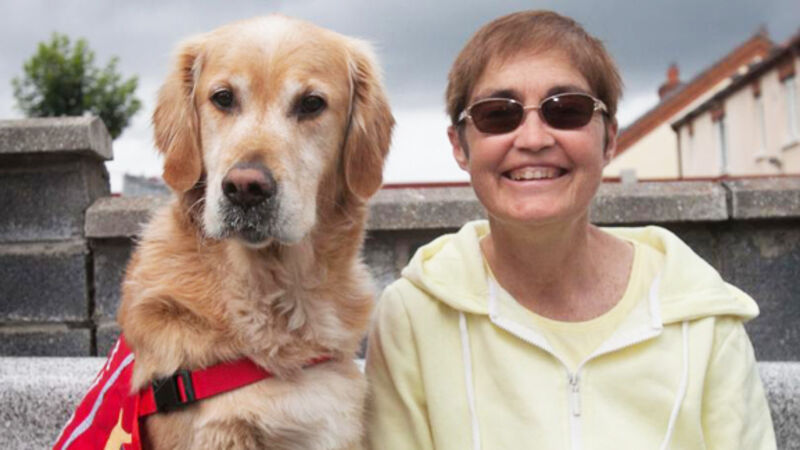Pioneering project trains dogs to sniff out illnessess

“I feel like I am living a second life,” says Dubliner Paula Dorrington (53), describing how Zane, the only dog in Ireland to have both guide-dog and medical-alert status, has changed her life beyond measure.
She has not had to go to hospital for a type 1 diabetes-related complaint since her five-year-old guide dog was trained to sense when her blood-sugars were low.











